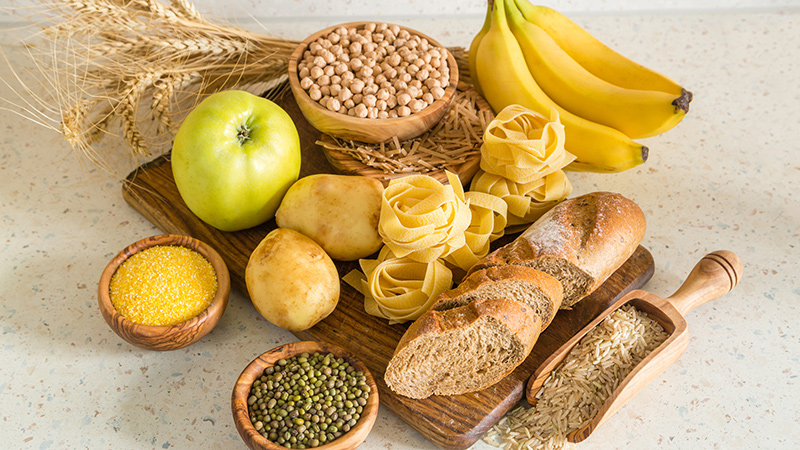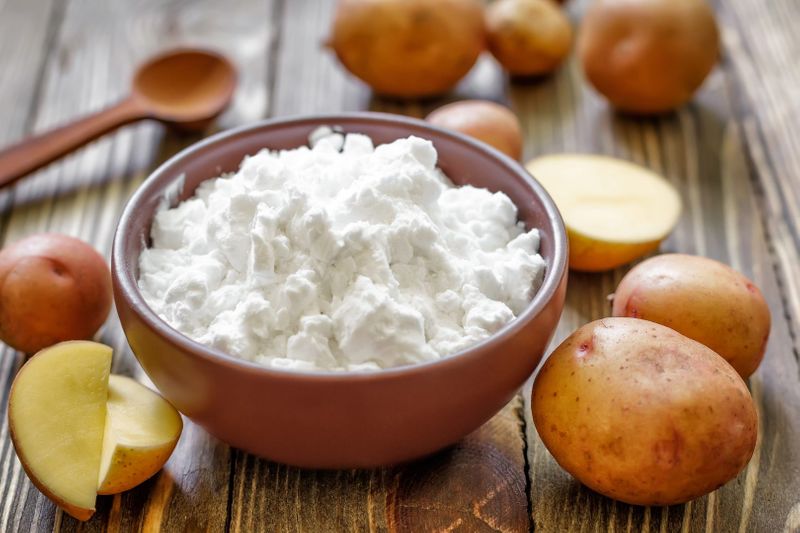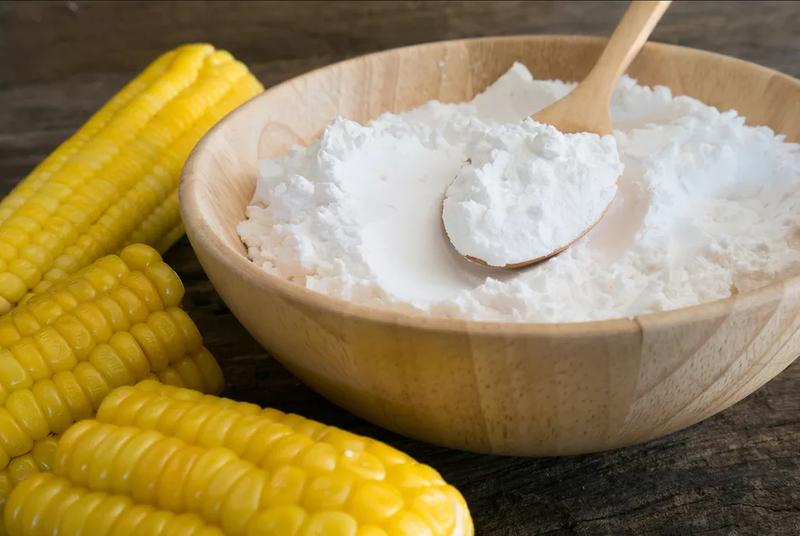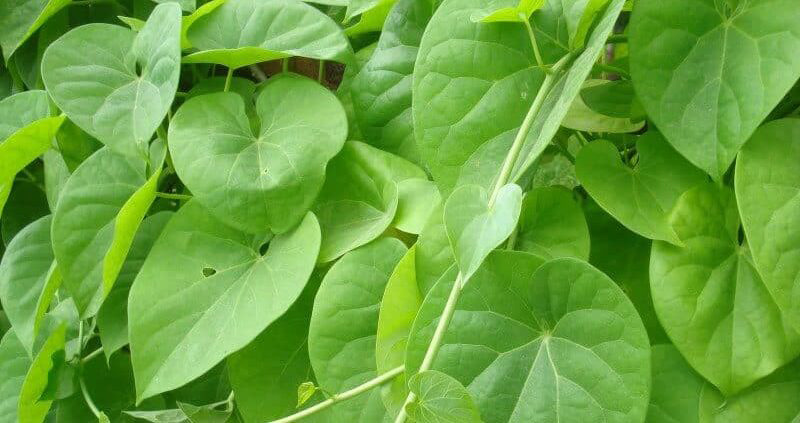How Important Are Foods That Contain Starch?

Only through the food, we get the energy to run the entire body all day long. Without food and water, it is not possible to maintain daily work. From the food we obtain carbohydrates and these carbohydrates are sub-divided into three categories that are Sugar, Fiber, and Starch. In these three sub-categories, starch is one of the most important ones. Starch is one of the most commonly consumed types of carbohydrates and which are the main source of energy. It is been classified in complex carbohydrates as they consist of many sugar module which is joined together. They are significant in your body’s digestion since they are commonly the piece of nourishment that is processed generally rapidly. Starches can give you fast vitality, and cause an ascent in glucose levels. Diabetics, specifically, need to focus on the starches they eat to help deal with their glucose. A few sugars, those found in entire grains and green vegetables.
The fundamental capacity of starch in your food or diet is to be changed over into glucose for vitality. At the point when you expend dull nourishments, the starch separates in your mouth, and the salivation surrounds the mixed starch module. As you start eating, this spit separates the mixed starch particles into simpler carbohydrates called maltose. When maltose enters your small digestive system, it is separated further into glucose – which gets assimilated into the circulatory system, giving vitality to the cells in your body. Your body uses this starch immediately as fuel. The rest of the starch is put away in the liver and muscles as glycogen – for later use. This is the manner by which starch works in your body. Be that as it may, notwithstanding going about as a vitality source, starch has a more profound reason.
Are the foods that contain starch really that important?
Starch is a polysaccharide made up of a large number of monosaccharides that is a glucose unit joined by glycosidic linkage. Starch is white in color, tasteless, odorless and insoluble in cold water.

Starch is an energy storage form of plant cells. It is abundantly present in our staple foods. Now a day’s starch is also used for industrial purposes like making alcohol, paper, adhesives or glues, etc.
Sources of Starchy Foods
We take the bulk of carbohydrates in our daily diet. In this diet, we get starch from cereals like rice, wheat, oats, maize, bread; different kinds of pulses, beans, nuts, some green leafy vegetables, root vegetables like a potato; guava, apple, cucumber, ready to eat foods like noodles, pasta, etc.
TYPE OF STARCH
Starch exhibits in two forms that are amylose and amylopectin.
Amylase
Amylase is a protein made by your pancreas and by organs in and around your mouth and throat. It causes you to separate carbohydrates and starches into sugar. It’s not unexpected to have some amylase in your blood. Sometimes it may be normal to have a little amylase in the blood, a lot of it could mean one of the pipes (tubes) in your pancreas is blocked or harmed. Amylose is an unbranched structure contain over 250 glucose units joined by alpha-1, 4 glycosidic linkages.
Amylopectin
Amylopectin is a water-dissolvable polysaccharide and profoundly expanded polymer of α-glucose units found in plants. It is one of the two parts of starch, the other being amylose. Glucose units are connected in a direct manner with α glycosidic bonds. Amylopectin is a branched structure contain over 1000 glucose units joined by alpha-1, 4 glycosidic linkages at unbranched position and alpha-1, 6 glycosidic linkages at the branched position in its structure.
DIGESTION OF STARCH
- IN MOUTH
In the mouth, saliva contains 2 amylolytic enzymes that are ptyalin or salivary amylase and maltase. Among them, ptyalin acts on boiled starch and converts it into maltose, maltotriose, erythrodextrin, alpha limited dextrin, isomaltose.
- IN DUODENUM
Pancreatic juice comes in the duodenum to help incomplete digestion of foods. Pancreatic juice contains an amylolytic enzyme pancreatic amylase which is faster than ptyalin. Pancreatic amylase acts on both boiled and unboiled starch and converts them into dextrin, maltose, isomaltose, maltotriose.
These end products are further digested with the help of their respective enzymes.

IMPORTANCE OF STARCH
- Starch is first converted to maltose by ptyalin and pancreatic amylase, thereafter this maltose is further converted to glucose by maltase. Thus starch provides glucose in our diet provides glucose after digestion.
- This glucose is main source of energy of our whole body.1gm carbohydrate provides 4.0 kcal.
- Our nervous system uses only glucose for its primary energy source.
- This glucose is stored in muscle and liver in the form of glycogen. Glycogen is also called animal starch.
- It helps to prevent ketosis by providing glucose as an energy source and prevents incomplete oxidation of fat.
- It also helps to prevent constipation by increasing gastric motility.
- Starch is converted to dextrin while toasting bread thus it helps indigestion.
Also read: Starch: How Much Of It Is Important In Our Daily Meals
EFFECTS OF EXCESS INTAKE OF STARCH
- We should intake 60 – 70% calories from carbohydrates out of the total calorie requirement in our diet. But excess intake of starch can lead to flatulence, gas due to some non-digested polysaccharide.
- Excess intake of starch and sugar converted to fat and can lead to overweight.
In spite of having some disadvantages, starch is important for our health. Only pure starch is a white, tasteless and odorless powder that is insoluble in water or liquor. It comprises of two kinds of particles: the linear and helical amylose and the branched amylopectin. Contingent upon the plant, starch generally contains 20 to 25% amylose and 75 to 80% amylopectin by weight.









